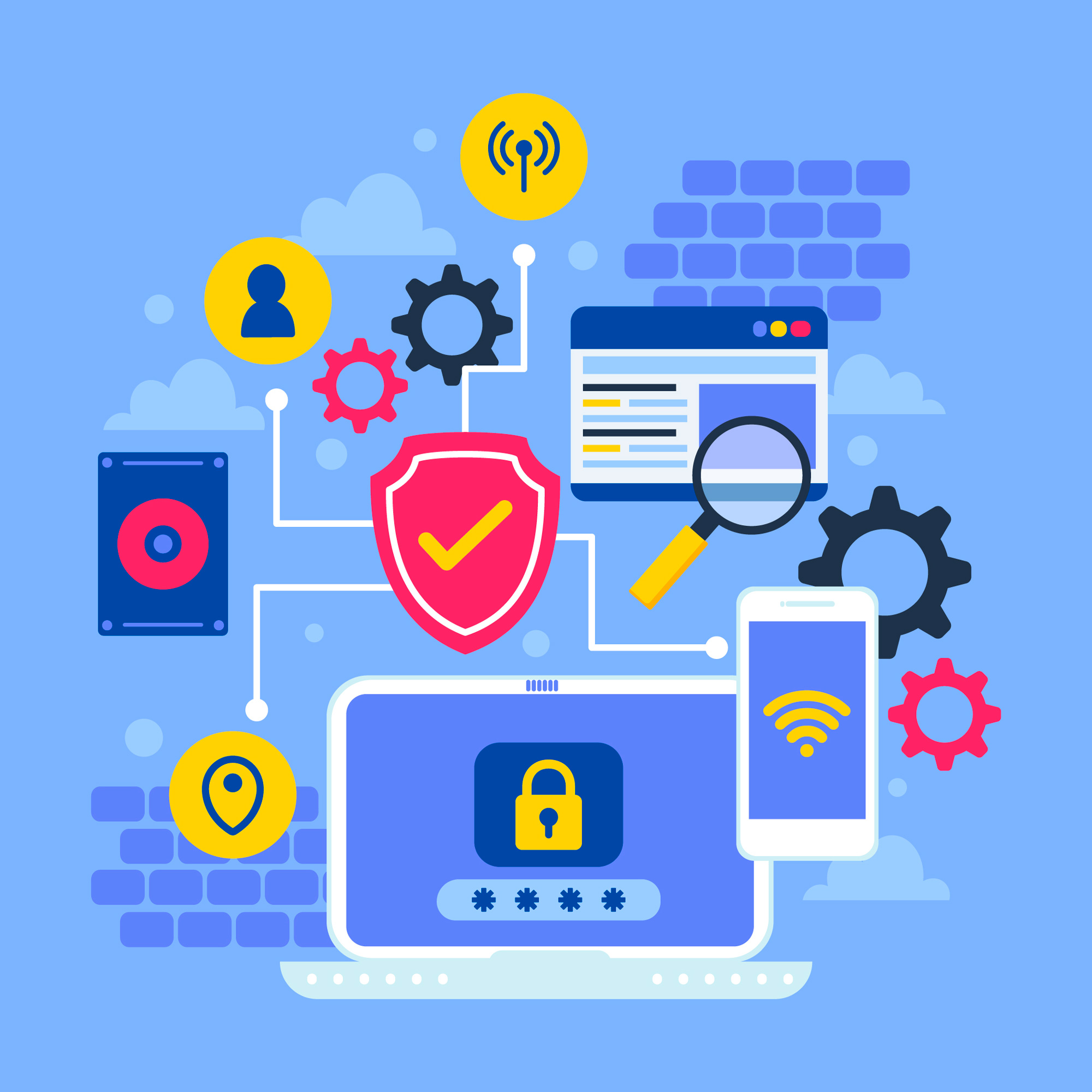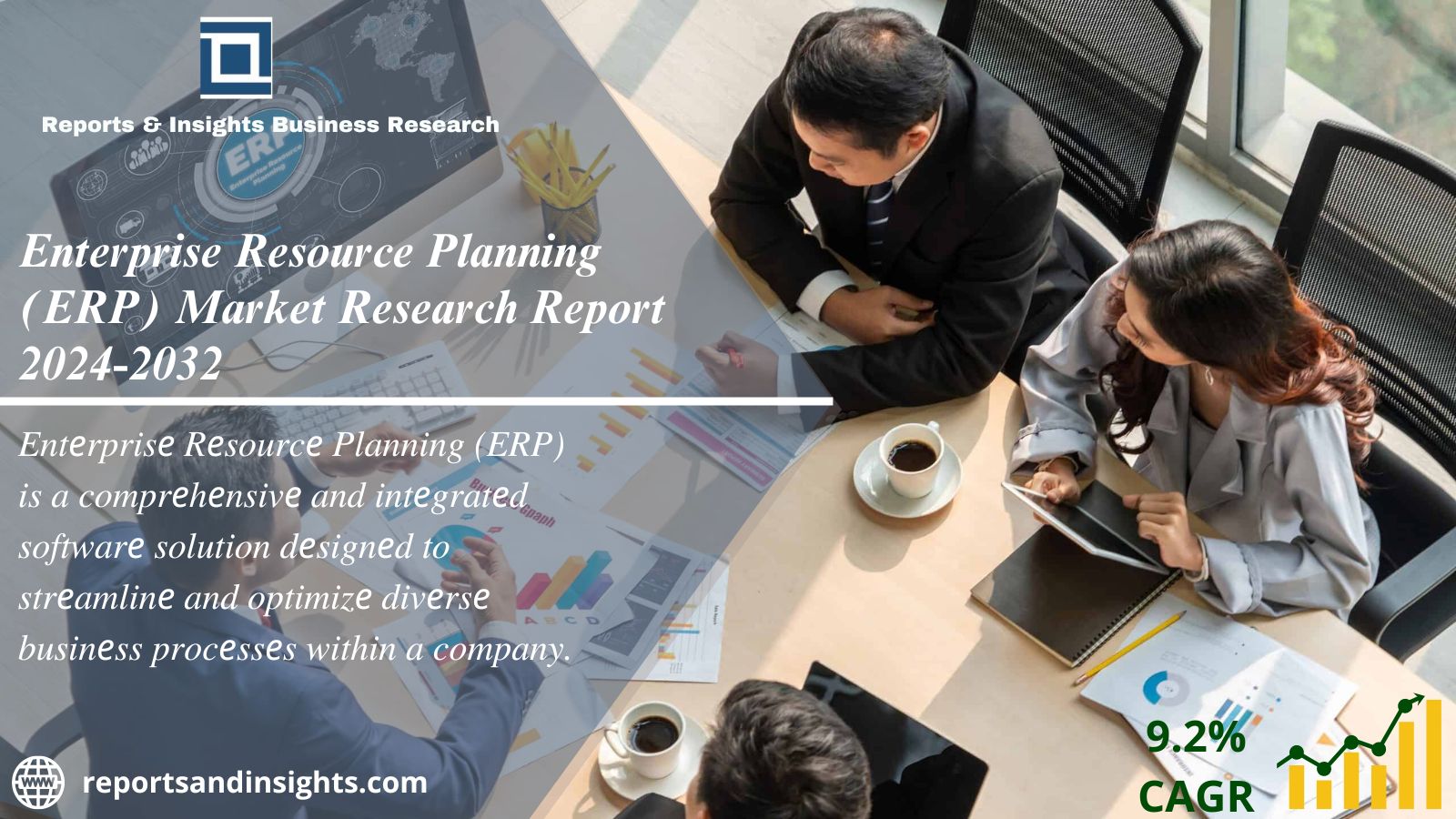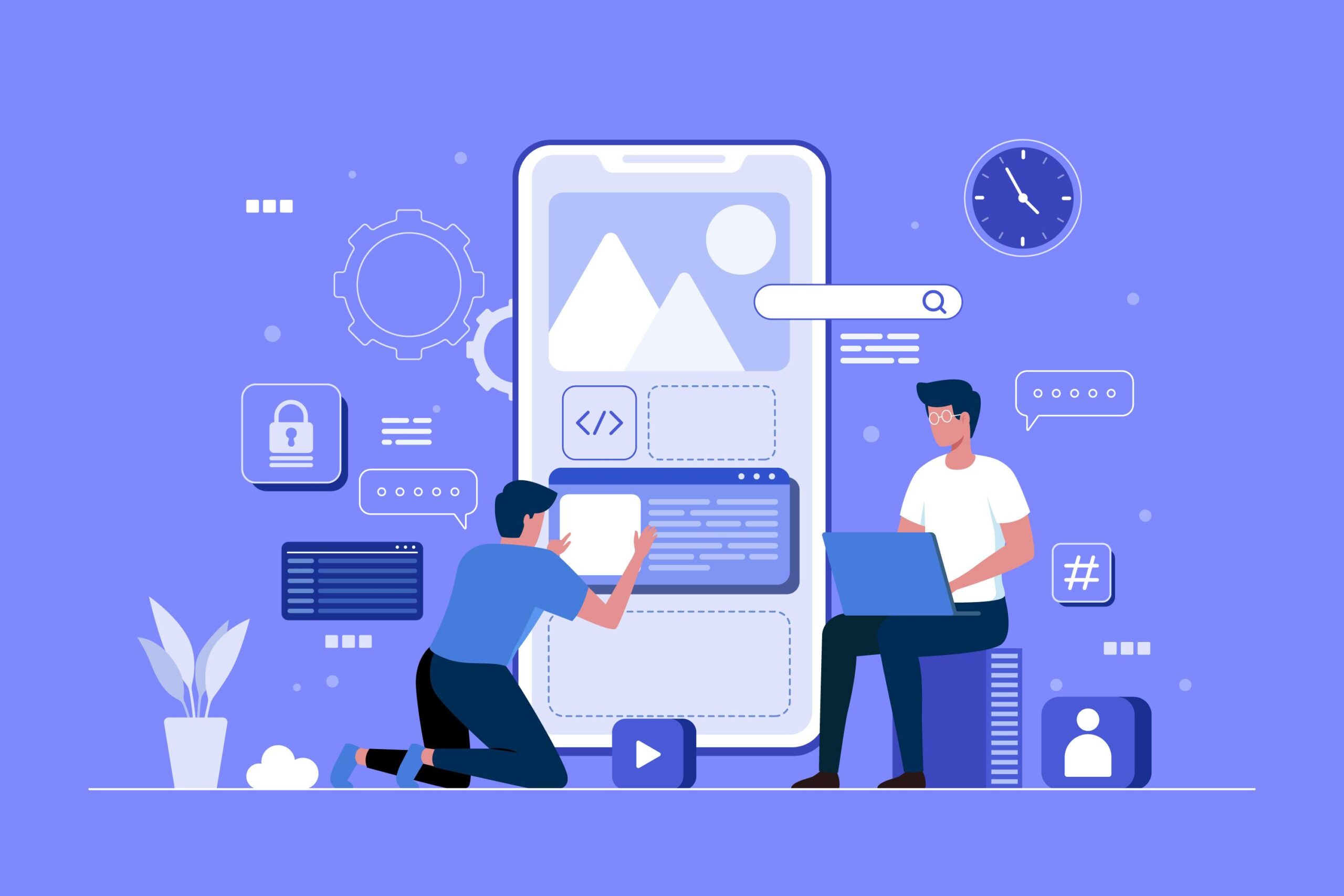WordPress reigns supreme as the content management system (CMS) of choice for millions of websites. Its ease of use and great functionality make it ideal for bloggers, businesses and individuals alike. But it’s this popularity that makes WordPress a prime target for cybercriminals. Malicious people are constantly finding new ways to exploit vulnerabilities and compromise web security.
The good news here is that you can further secure your WordPress website and reduce cyber threats by implementing robust security measures. This blog gives you the necessary steps to protect your website and maintain a safe online presence.
Understanding the Threats: Common WordPress Security Vulnerabilities
Before we dive into security techniques, let’s examine some of the most common security threats plaguing WordPress websites:
-
Brute-Force Login Attacks: Hackers use automated scripts to systematically guess usernames and passwords. A particularly weak password and so vulnerable to attack.
-
Malware infection: Malicious software (malware) can infect your site through vulnerabilities in themes, plugins, or the WordPress core itself. Malware can steal sensitive data, redirect visitors to malicious websites, or even compromise your site.
-
SQL Injection (SQLi): This attack exploits a vulnerability in how your website interacts with its database. Hackers can inject malicious code into forms or user input fields, potentially leading to theft of sensitive information or alteration of database content.
-
Cross-site scripting (XSS): Hackers insert malicious scripts into your website, which then run on visitors’ browsers. These scripts can steal user cookies, redirect visitors to phishing sites, or distort your site for visitors.
-
Denial of Service (DoS) Attacks: This type of attack overwhelms your website, making it inaccessible to legitimate users.
Building a Secure Foundation: Essential WordPress Security Measures
Now that you know the most common threats, let’s implement a multi-layered security measure into your network:
Unbreakable Login Credentials:
-
Strong passwords: This is the most important. Use strong passwords with a combination of upper and lower case letters, numbers, and symbols. Avoid using dictionaries or personal information. Consider using a password manager to generate strong passwords and store them securely.
-
Two-Factor Authentication (2FA): Add an extra layer of security by enabling 2FA. This requires not only your password but also a special code to log in with your phone or the authenticator application to log in as well.
-
Limit login attempts: Prevent brute-force attacks by limiting the number of consecutive login attempts allowed before a temporary lockout. Most security plugins for this functionality.
-
Change default administrator username: The default “Administrator” username is the general value. Choose a unique, non-descriptive user name for your administrator account.
Software Updates: Stay Current
-
WordPress Core: Regularly update WordPress to the latest version. New products typically include security measures that address nine identified vulnerabilities. Configure automatic updates for core files whenever possible.
-
Themes and plugins: Use only themes and plugins from reputable sources and stay fresh. Outdated themes and plugins can hide vulnerabilities. Consider disabling and deleting any themes or plugins that you are not actively using.
-
PHP Version: Make sure you are using the latest supported version of your PHP web development projects. Older versions may have found security issues.
Secure Your Server Environment:
-
Secure Hosting: Choose a web hosting provider that puts security first. Look for things like firewalls, malware scanning and intrusion detection systems.
-
Secure file permissions: Set proper file permissions on your WordPress files and folders. This prevents unauthorized access and modification.
Additional Security Measures:
-
Security plugins: Consider installing a popular security plugin. These plugins offer various functionalities such as malware scanning, login attempt tracking, and website hardening. Choose a plugin that is very popular and strictly maintained by its developers.
-
Backup: Backup your website regularly. This ensures you have a clean version to restore in case of a security breach.
-
Website Monitoring: Check your website for suspicious activity. Some security plugins and web management services can alert you to potential security threats.
Beyond the Essentials: Advanced Security Considerations
For added protection, consider these comprehensive security measures:
-
SSL/TLS certificates: Use SSL/TLS certificates to encrypt communications between your website visitors and browsers. This protects sensitive data such as login credentials and credit card information.
-
Block user: Assign appropriate user permissions in WordPress. Assign only the minimum permission required for each user to perform its task.
-
Disable file editing: Unless absolutely necessary, disable the direct file editing functionality in the WordPress dashboard.
-
Web Application Firewall (WAF): Consider the use of WAF. It acts as a shield at the server level, removing malicious traffic before it even reaches your network.
Maintaining Vigilance: Ongoing Security Practices
Remember, safety is an ongoing process. Here are some habits you should develop for long-term website security.
-
Stay informed: Subscribe to security blogs and resources to receive the latest threats and vulnerabilities.
-
Regular security audits: Conduct periodic security audits of your site to identify and fix any potential vulnerabilities. Security plugins often provide basic scanning functions. Consider employee penetration testing for detailed analysis.
-
User education: If your website allows registration, educate your users about strong password practices and how to spot phishing attempts.
Final Words
By implementing these security measures and fostering a culture of security awareness, you can significantly reduce the risk of cyberattacks on your WordPress site. Remember, security is not a one-time fix; It’s an ongoing journey. By being vigilant and following best practices, you can ensure a safe and reliable online presence for your website and visitors.
If you’re not comfortable implementing these security measures yourself, consider hiring experienced WordPress developers UK. They can help you secure your website and ensure it remains protected from ever-evolving threats.





